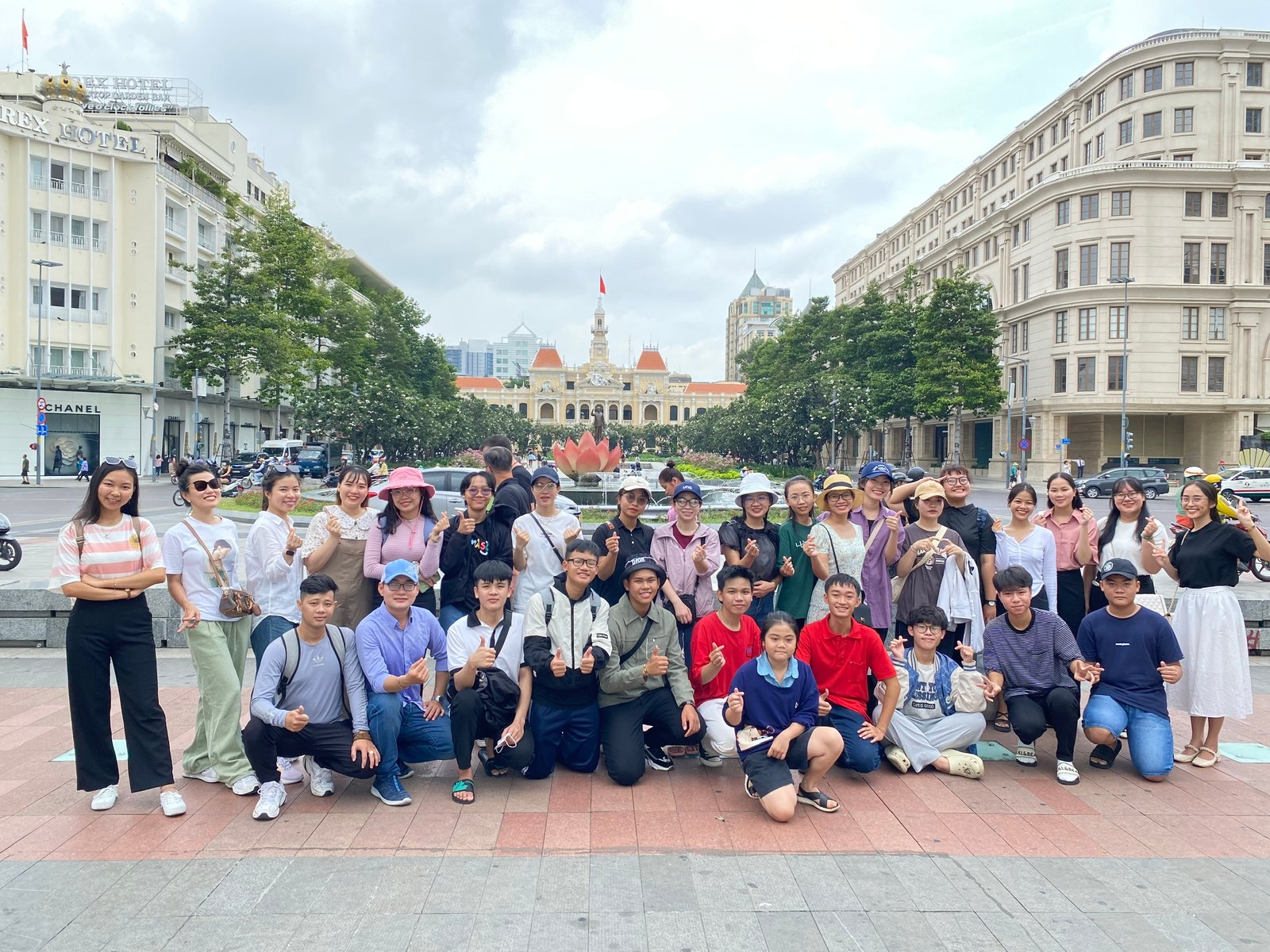“The sense of the dead is that of the final” is a common Vietnamese proverb. This proverb also implies that funeral ceremonies must be solemnly organized.
Vietnamese Funeral Customs in The Past
Formerly, funerals went as follow the dead person that was washed and dressed, a chopstick was laid between the teeth with a pinch of rice and three coins drooped in the mouth.
The dead person was laid on a grass mat spread on the ground, enveloped with white cloth and then put into a coffin. Later, the funeral ceremony would be officially performed.
The coffin was traditionally buried and covered, but after three days of mourning, the family would visit the tomb again and open the grave for worship. Finally, after 49 days, the family would stop bringing rice for the dead to the altar. After 100 days, the family would celebrate “tot khoc”, or the end of the tears.
A year later, there would be a ceremony for the first anniversary of the relative’s death and after two years in the end of mourning festival.

Vietnamese Funeral Customs Nowadays
Nowadays, morning ceremonies follow new rituals which are simplified; including covering and putting the dead body into the coffin, the funeral procession, the burial of the coffin into the grave, and the visits to the tomb. The death’s family members and relatives in white sackcloth wrap a white turban or a black mourning band around their head.
With various rites and activities; in general, the way a funeral organized in Vietnam is strongly influenced by Chinese funeral custom.
Most traditional funerals in Vietnam consist of three stages.
The first stage is called “Nhập Quan” (Entering the Coffin). In this stage, the dead body is cleaned and placed it inside the coffin. The dead person is cleaned with wine or water after removed from the old clothes and then worn in the death clothes. The clothes are made from white fabric, and not only the dead person but also the dead’s husband or wife, the son and daughter and the grand sons have to wear this funeral clothes.
Afterwards, the corpse is placed inside the coffin and the relatives begin the rite under the leadership of a monk, a priest or a shaman. The family and relatives will then go slowly around the coffin, in line, to pay respect and to see their deceased family member for the last time. Moreover, there is a bowl of rice and an egg place on top of the coffin if the family is Buddhist or non-religion, and a card of the death’s Christian name if he or she is Christian.
In the second stage, this is the moments when the guests including the friends and further relatives of the deceased – come to share the sorrow with the family.
The coffin is placed at home or at the funeral houses or the church based on the desire of the dead’s family or their religious law.
Distant relatives, neighborhoods, friends or colleagues of the death can come to the place, pray for the salvation of the death’s soul, go around the coffin to see the death again and console the death’s family.
Depending on the number of the visitors, this stage may last from a few hours or a day. Visitors usually carry an envelope of money at the funeral. They wear dark color clothes and also bring white tuberose flowers or white daisy flowers, the special flowers for worship.

When the funeral visiting stage ends, in the last stage, the representative of the family will have a short speech to thank all the visitors and invite them to go with the family to take the death to the cemetery. The coffin of the dead person is moved to a special funeral car and taken to the interring place, followed by the family members and some of the visitors.
In some rural parts of Vietnam, especially with peasants’ families, the coffin is placed in the middle of the rice field and the dead’s eldest son has to walk backward, or even rolling on the muddy ground, to show his regret of his parent’s death.
Burying and burning are two mains type of interring in Vietnam. The mourning time after the funeral is different based on the position of the dead person in the family, but mostly from 3 months to 3 years.
During the mourning time, the family members have to wear a small black piece of cloth on the arm or chest.
